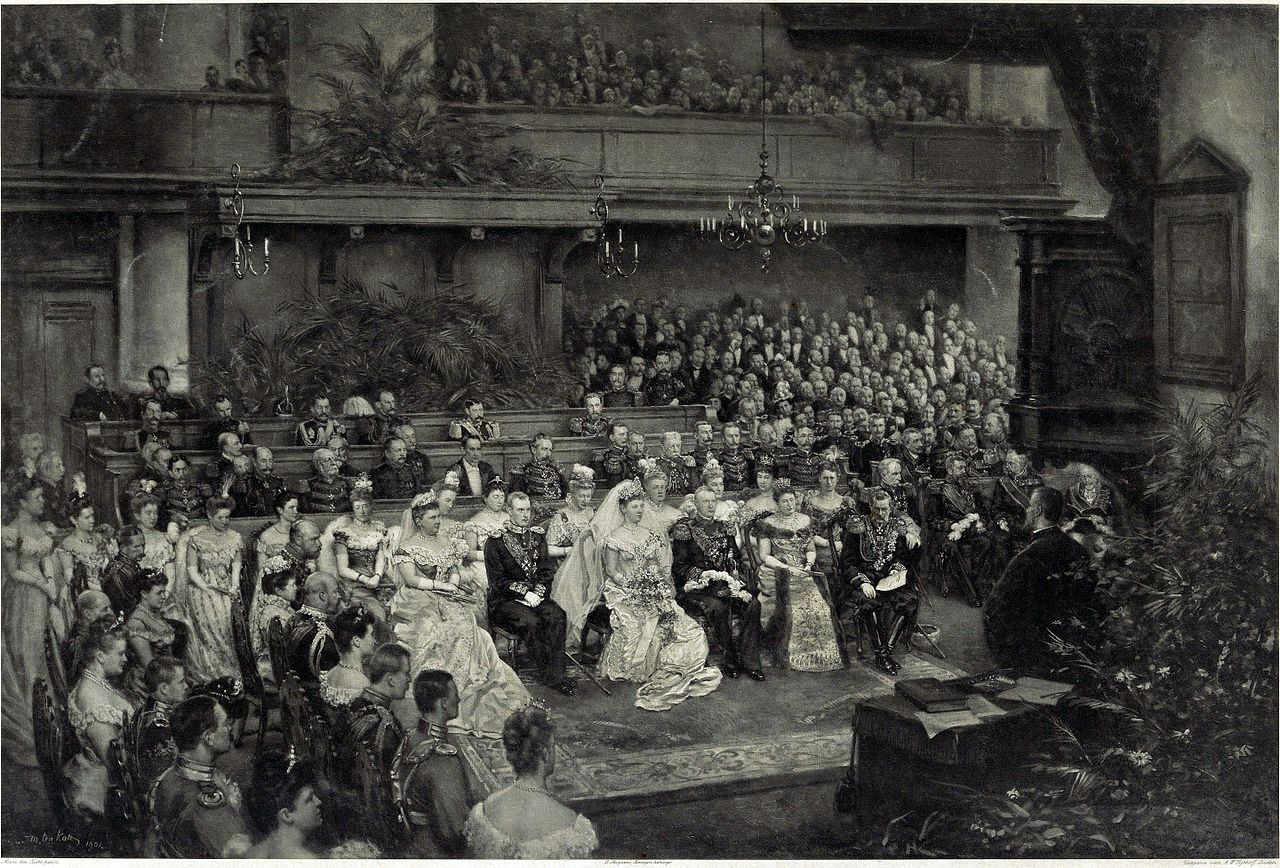by Susan Flantzer
© Unofficial Royalty 2025
After Napoleon’s first defeat and surrender in May 1814, Willem VI, Prince of Orange, urged by the powers who met at the Congress of Vienna, proclaimed the Netherlands a monarchy on March 16, 1815. After Napoleon’s final defeat at the Battle of Waterloo and his second exile, the Congress of Vienna formally confirmed Willem VI, Prince of Orange as the hereditary ruler, King Willem I, the first King of the Netherlands.
The Netherlands’ line of succession to the throne is based upon absolute primogeniture where males and females have equal succession rights. The Dutch Constitution limits the line of succession to those within three degrees of kinship to the Monarch. Therefore, upon King Willem-Alexander’s accession in 2013, two of his cousins who had previously had succession rights were removed from the succession. Members of the Dutch royal family must have the consent of the monarch and the government to marry. Several family members were excluded from the succession due to marriage without proper consent.
- Unofficial Royalty: Kingdom of the Netherlands Index
- Unofficial Royalty: Succession: Line of Succession to the Dutch Throne
The Dutch Royal House and The Dutch Royal Family
Members of the Dutch Royal Family include people born into the family who are legally recognized as such or who have married into the family. However, not every royal family member is a member of the royal house.
Members of the Dutch Royal House are those Dutch Royal Family members who can succeed the monarch according to the Dutch Constitution and are related to the monarch in the first or second degree of consanguinity, any former monarch who had abdicated, and the spouses of the persons mentioned above. The first degree of consanguinity refers to a direct parent-child relationship, and the second degree of consanguinity refers to siblings, grandparents, or grandchildren of an individual. Members of the Royal House will lose their membership if they lose their Dutch nationality, are dismissed by Royal Decree, or marry without the permission of parliament.
Members of the Royal House are:
- The reigning King or Queen
- An abdicated King or Queen
- The legitimate descendants of King William I who are related to the current King or Queen in the 1st or 2nd degree of consanguinity and are eligible for succession to the throne
- The spouses of those mentioned above
The Dutch Monarch

Willem-Alexander, the current King of the Netherlands; Credit – Wikipedia
His Majesty King Willem-Alexander is the current King of the Netherlands. On January 28, 2013, Willem-Alexander’s mother Queen Beatrix (known as Princess Beatrix after her abdication) announced her intention to abdicate in favor of him. Queen Beatrix signed the Instrument of Abdication at the Royal Palace in Amsterdam on April 30, 2013. Afterward, Willem-Alexander was inaugurated as King at the Nieuwe Kerk, adjacent to the Royal Palace in Amsterdam.
The Netherlands’ line of succession to the throne is based upon cognatic primogeniture where males and females have equal succession rights. The Dutch Constitution limits the line of succession to those within three degrees of kinship to the Monarch. Therefore, upon King Willem-Alexander’s accession in 2013, two of his cousins who had previously had succession rights were removed from the list.
Members of the Dutch Royal Family must have the monarch’s and the government’s consent to marry. Several family members were excluded from the succession due to marriage without the proper consent. These include King Willem-Alexander’s younger brother Prince Friso (died 2013), his aunt Princess Irene, and his aunt Princess Christina (died 2019).
The Dutch Royal Consort

Queen Máxima, current royal consort of the Netherlands – Credit: Dutch Royal House, © RVD, photo by Rineke Dijkstra
The wives of Kings of the Netherlands have been titled Queen of the Netherlands and styled Her Majesty. Her Majesty Queen Máxima of the Netherlands, born Máxima Zorreguieta Cerruti in Buenos Aires, Argentina, is the current royal consort.
From 1890 – 2013, the Netherlands had three Sovereign Queens: Queen Wilhelmina (reigned 1890 – 1948, abdicated in favor of her daughter), Queen Juliana (reigned 1948 – 1980, abdicated in favor of her daughter), and Queen Beatrix (reigned 1980 – 2013, abdicated in favor of her son). These three Queens succeeded to the throne because their monarch parents had no sons. From 1814 until 1887, a monarch could only be succeeded by their closest female relative if there were no eligible male relatives. Male-preference cognatic primogeniture (sons and their lines of descent come before the daughters and their line) was adopted in 1887. In 1983, absolute primogeniture (males and females have equal succession rights) came into effect.
In 1901, Queen Wilhelmina married Duke Heinrich of Mecklenburg-Schwerin, the youngest of the four children of Friedrich Franz II, Grand Duke of Mecklenburg-Schwerin (reigned 1842 – 1883) and his third wife Princess Marie of Schwarzburg-Rudolstadt. Following the wedding, Heinrich became a Prince of the Netherlands, with the style His Royal Highness, and was known by Hendrik, the Dutch version of his name. Wilhelmina decreed that the Dutch royal house would remain the House of Orange-Nassau and not change to the House of Mecklenburg-Schwerin.
In 1937, Princess Juliana, the daughter of Queen Wilhelmina and the future Queen Juliana, married His Serene Highness Prince Bernhard of Lippe-Biesterfeld, the elder son of Prince Bernhard of Lippe (younger brother of Leopold IV, the last Prince of Lippe, forced to abdicate on November 12, 1918) and his wife Armgard von Cramm. His parents’ marriage was considered morganatic, so the younger Bernhard was styled Graf von Biesterfeld (Count of Biesterfeld) at birth. In 1916, Bernhard’s uncle, the reigning Prince of Lippe, created Armgard a Princess of Lippe-Biesterfeld with the style Serene Highness and this title and style also extended to her two sons. Before the wedding, Bernhard had been granted Dutch citizenship and on his wedding day, he became His Royal Highness Prince Bernhard of the Netherlands.
On March 10, 1966, Princess Beatrix, the eldest of the four daughters of Queen Juliana and the future Queen Beatrix, married Klaus-Georg von Amsberg, a member of the German diplomatic corps, born at Haus Dötzingen, his family’s estate near Hitzacker, Germany. He was the only son of the seven children of Klaus von Amsberg, a member of the German Niederer Adel (lower nobility), and Baroness Gösta von dem Bussche-Haddenhausen. On December 10, 1965, Klaus-Georg received a Dutch passport and on February 16, 1966, his name was officially changed to Claus. After his marriage, Claus was granted the style and titles His Royal Highness Prince Claus of the Netherlands. In 1980, after his wife became Queen of the Netherlands, Claus was granted the title His Royal Highness The Prince of the Netherlands.
The Heir to the Dutch Throne – The Prince of Orange or The Princess of Orange

Princess Catharina-Amalia, The Princess of Orange, the current heir apparent to the Dutch throne; Credit – Wikipedia
The title Prince/Princess of Orange is held by the heir apparent to the Dutch throne. The eldest child of the Dutch monarch, regardless of gender, automatically becomes The Prince of Orange or The Princess of Orange when his/her father or mother succeeds to the Dutch throne. The current Princess of Orange is Princess Catharina-Amalia, the eldest of the three daughters of King Willem-Alexander of the Netherlands. Her style and title are Her Royal Highness The Princess of Orange.
Prince of Orange is a title originally associated with the sovereign Principality of Orange, in what is now southern France. Willem I (the Silent), Prince of Orange is known as the Vader des Vaderlands (Father of the Fatherland) and is the founder of the House of Orange-Nassau and the ancestor of the Dutch monarchs. When Willem’s childless cousin René of Châlon, Prince of Orange died in 1544, he left the Principality of Orange to Willem. Over the years, the title Prince of Orange became prestigious in the Netherlands and throughout the Protestant world despite losing the territory that had originally gone with the title. The Princes of Orange were also Stadtholders of various Dutch provinces during the period of the Dutch Republic and gained much power.
By the Proclamation of March 16, 1815, the title Prince of Orange was retained by King Wilhelm I, the first King of the Netherlands, formerly Willem VI, Prince of Orange, and immediately given to his eldest son. Until the constitutional amendment of 1983, the “eldest son of the King” automatically bore that title. Since 2002, the Royal House Act has determined that the title Prince or Princess of Orange is granted to the presumed successor of the Sovereign King or Queen of the Netherlands.
Prince or Princess of the Netherlands
King Willem-Alexander and Queen Máxima with their three daughters Princess Catharina-Amalia (The Princess of Orange), Princess Alexia, and Princess Ariane
Children of the Dutch monarch, and spouses and children of The Prince of Orange or Princess of Orange, the heir apparent to the Dutch throne, are His/Her Royal Highness Prince or Princess of the Netherlands. It is customary for wives and widows of male members of the Dutch royal family to be accorded the female counterparts of their husbands’ titles.
Two of Queen Juliana’s daughters, Princess Irene and Princess Christina, married Roman Catholics. Before her marriage, Princess Irene converted to Catholicism, forfeiting her place in the royal succession. Princess Christina had not received the consent of the monarch and the government to marry and relinquished her succession rights to the Dutch throne for herself and her descendants and her position as a member of The Royal House. However, both princesses retained their royal style and title.
Prince or Princess of Orange-Nassau
Prince Maurits of Orange-Nassau, van Vollenhoven, eldest of the four sons of Princess Margriet of the Netherlands and Pieter van Vollenhoven
Prince/Princess of Orange-Nassau is a historical title of members of the House of Orange-Nassau and is currently used by members of the Dutch Royal House. The title Prince or Princess of Orange-Nassau originated among the legitimate children and descendants of Willem I (the Silent), Prince of Orange (reigned 1559 – 1584), who was both Prince of Orange and Count of Nassau and thus founder of the House of Orange-Nassau.
In 1901, when Queen Wilhelmina married Heinrich of Mecklenburg-Schwerin, there was concern that “Nassau” was in danger of being lost from the name “of Orange-Nassau”. By Royal Decree in 1937, Queen Wilhelmina declared that Prince or Princess of Orange-Nassau would be borne by all children of her daughter Princess Juliana with and in addition to any name derived from their father.
According to the Royal House Membership Act adopted on May 30, 2002, the Dutch monarch, his/her heir presumptive, and the King or Queen who has abdicated bear the title Prince or Princess of Orange-Nassau. The title can be granted as a personal, non-hereditary title by Royal Decree to other members of the Royal House and former members of the Royal House. It is customary for wives and widows of male members of the Dutch royal family to be accorded the female counterparts of their husbands’ titles.
When Princess Margriet, the third daughter of the four daughters of Queen Juliana, married Pieter van Vollenhoven, it was decreed that any children from the marriage would be titled Prince/Princess of Orange-Nassau, van Vollenhoven, with the style of Highness. However, the title would not be held by their descendants.
In June 2003, the engagement of Prince Friso, the second son of Queen Beatrix, to Mabel Wisse Smit was announced. (Prince Friso died on August 12, 2013 due to injuries received when he was buried under an avalanche on February 17, 2012.) There was public controversy regarding Mabel’s past and her reported relationship with a known drug lord. Having been somewhat vague in their responses to questions about the issue, and Friso’s insistence that he would marry Mabel with or without formal approval from the government, the decision was made not to request formal consent from the Dutch parliament for the marriage. In doing so, Prince Friso relinquished his rights to the Dutch throne and his title of Prince of the Netherlands. However, he retained his personal title of Prince of Orange-Nassau and was granted the hereditary title Count of Orange-Nassau, with the surname Orange-Nassau van Amsberg. His wife was styled Her Royal Highness Princess Mabel of Orange-Nassau.
Count or Countess of Orange-Nassau
Countess Eloise of Orange-Nassau, the eldest child of Prince Constantijn of the Netherlands
To limit the number of Dutch princes and princesses, changes were made in who would be a prince or princess. By Royal Decree of May 11, 2001, it was declared that all children and male-line descendants of Queen Beatrix’s third son Prince Constantijn of the Netherlands and his wife Princess Laurentian of the Netherlands, born Laurentien Brinkhorst, would bear the title of Count or Countess of Orange-Nassau. Similarly, by Royal Decree of March 19, 2004, it was declared that any children born to Queen Beatrix’s second son Prince Friso and Mabel Wisse Smit, after her marriage, Princess Mabel of Orange-Nassau, would also bear the title of Count or Countess of Orange-Nassau.
This article is the intellectual property of Unofficial Royalty and is NOT TO BE COPIED, EDITED, OR POSTED IN ANY FORM ON ANOTHER WEBSITE under any circumstances. It is permissible to use a link that directs to Unofficial Royalty.
Works Cited
- Bijdragers aan Wikimedia-projecten. (2022). Titel binnen Nederlandse koninklijke familie. Wikipedia.org; Wikimedia Foundation, Inc. https://nl.wikipedia.org/wiki/Prins(es)_van_Oranje-Nassau
- Bijdragers aan Wikimedia-projecten. (2022). Prins(es) der Nederlanden. Wikipedia.org; Wikimedia Foundation, Inc. https://nl.wikipedia.org/wiki/Prins(es)_der_Nederlanden
- Bijdragers aan Wikimedia-projecten. (2003). Titel uit het Huis van Oranje-Nassau. Wikipedia.org; Wikimedia Foundation, Inc. https://nl.wikipedia.org/wiki/Prins(es)_van_Oranje
- Ministry of General Affairs, (2025). Home – Royal House of the Netherlands. Www.royal-house.nl. https://www.royal-house.nl/
- Wikipedia Contributors. (2025). Prince of Orange. Wikipedia; Wikimedia Foundation.



















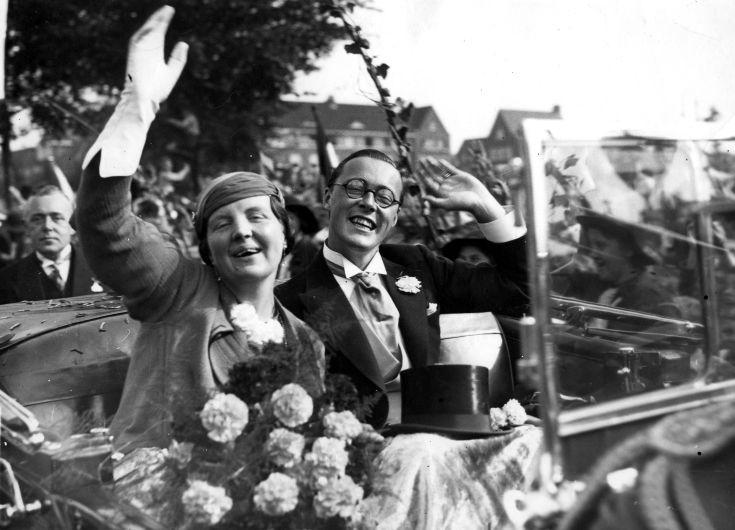
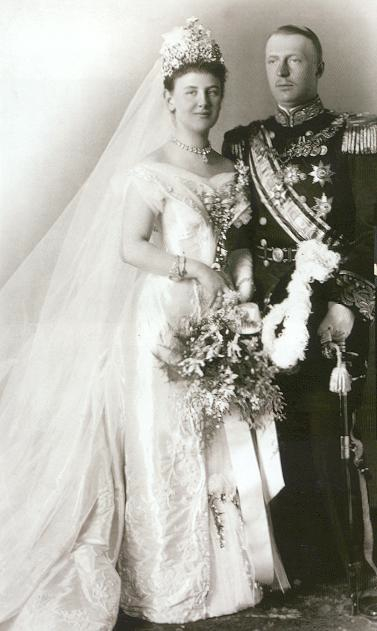
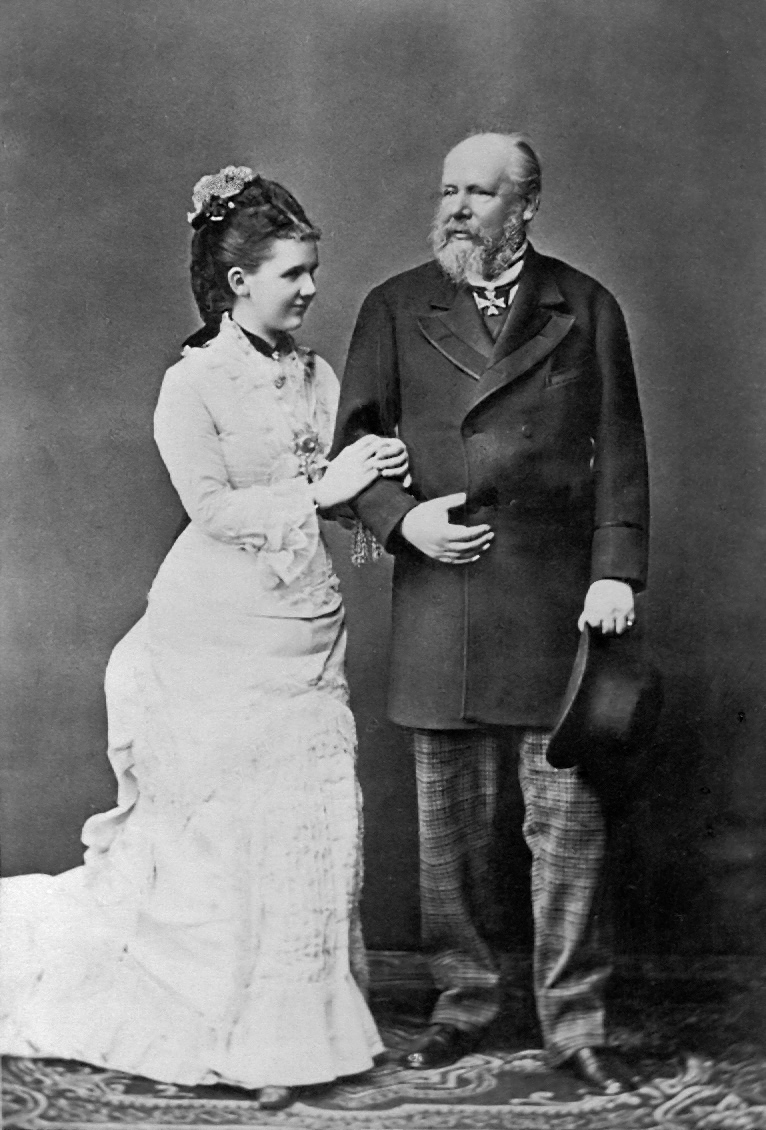

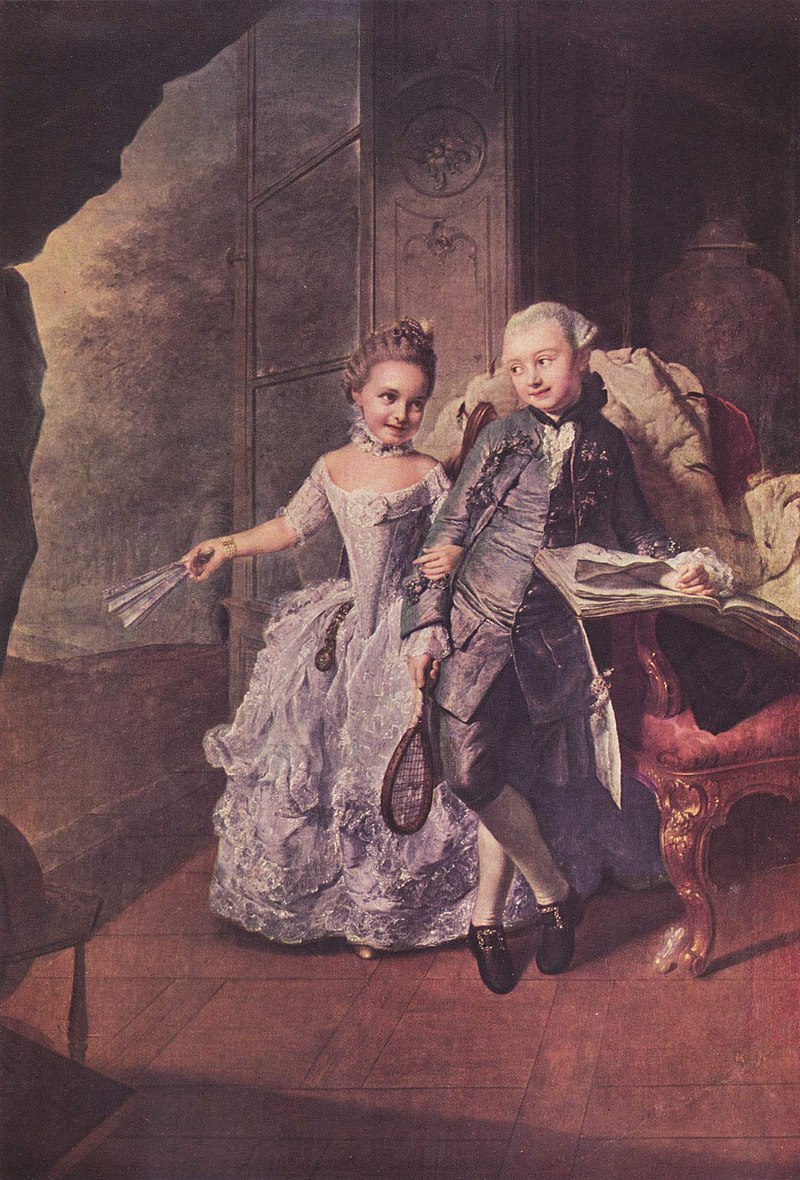



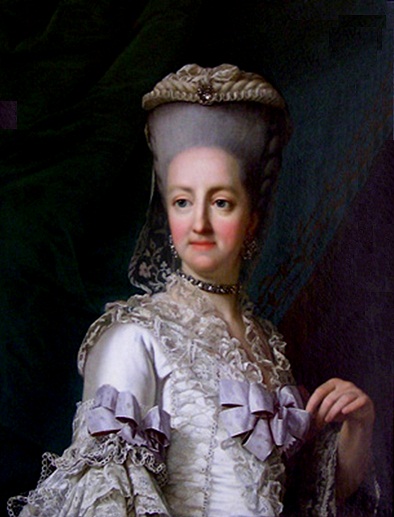











 May 12, 1849 – Inauguration of King Willem III; Credit – Wikipedia
May 12, 1849 – Inauguration of King Willem III; Credit – Wikipedia
 September 6, 1948 – Inauguration of Queen Juliana; Credit – Wikipedia
September 6, 1948 – Inauguration of Queen Juliana; Credit – Wikipedia April 30, 1980 – Inauguration of Queen Beatrix; Credit – Wikipedia
April 30, 1980 – Inauguration of Queen Beatrix; Credit – Wikipedia April 30, 2013 – Inauguration of King Willem-Alexander; Credit – Wikipedia
April 30, 2013 – Inauguration of King Willem-Alexander; Credit – Wikipedia



